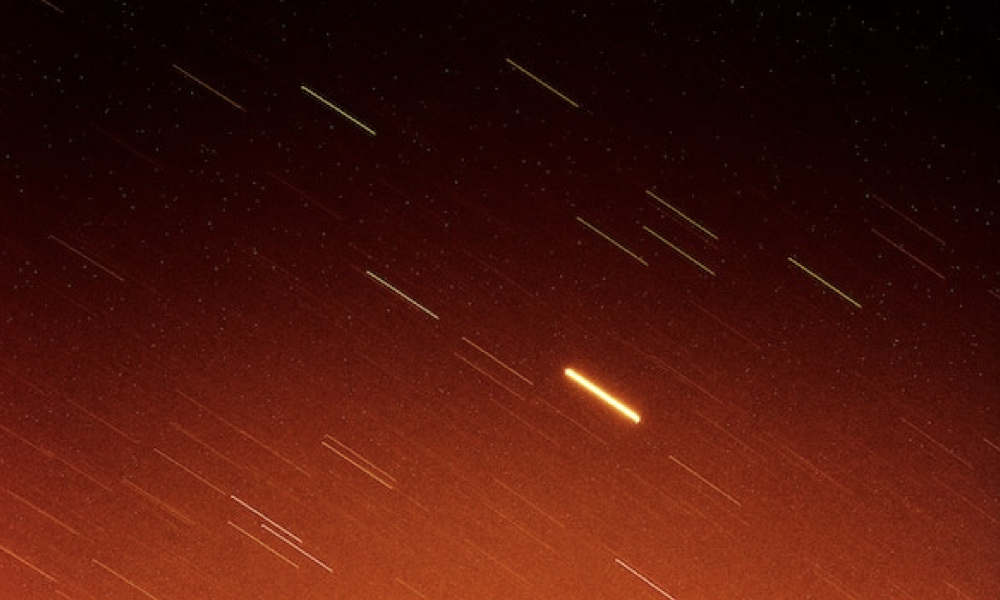
ESA Open Invitation to Tender AO9374
Open Date: 29/05/2018
Closing Date: 11/07/2018 13:00:00
Status: ISSUED
Reference Nr.: 18.1EP.03
Prog. Ref.: Technology Developme
Budget Ref.: E/0901-01 – Technology Developme
Special Prov.: BE+DK+FR+DE+IT+NL+ES+SE+CH+GB+IE+AT+NO+FI+PT+GR+LU+CZ+RO+PL+EE+HU
Tender Type: C
Price Range: 200-500 KEURO
Products: Satellites & Probes / Payloads / Instruments / Other Instruments / Gradiometers, Plasma detectors, ¿
Techology Domains: Spacecraft Environments and Effects / Environment Effects / Ground and Space Effects Investigations
Establishment: ESTEC
Directorate: Directorate of Tech, Eng. & Quality
Department: Electrical Engineering Department
Division: Power & Energy Conversion Division
Contract Officer: Casini, Gian Lorenzo
Industrial Policy Measure: N/A – Not apply
Last Update Date: 29/05/2018
Update Reason: Tender issue
Spacecraft potentials in the outer Earth magnetosphere may reach a few tens of volts positive and therefore severely perturb plasmaparticle and electric field measurements. Therefore, magnetospheric missions from ESA such as Cluster, but also from international partners such as Double Stars and MMS have relied on an ion emitting instrument, ASPOC (Active Spacecraft Potential Control), developed by IWF in Austria for lowering the positive potential down to a few Volts positive. The latter version of ASPOC flown on MMS consists of 2 pairs of instruments (to ensure symmetric emission) of 2.9 kg each and consuming up to 3.7 W. Future magnetospheric missions such would also benefit from such a device. A miniaturised version of an ion emitter (<1 kg) for scientific missions is foreseento reduce embarkation constraints and allow more mass allocation to payload sensors and their electronics and maintain European leadership for such an instrument.
If you wish to access the documents related to the Invitation to Tender, you have to log in to the ESA Portal.
